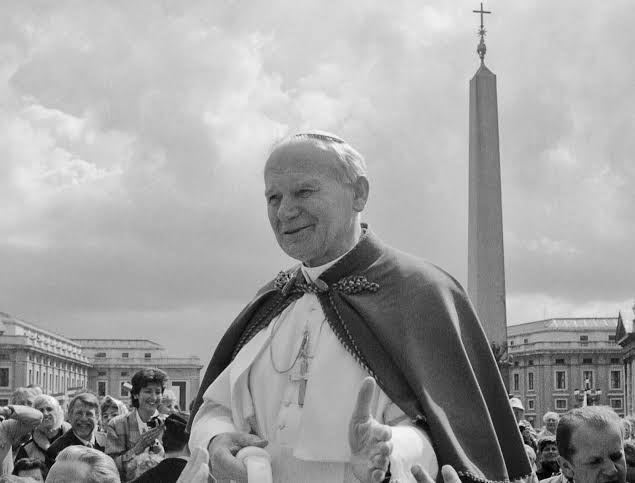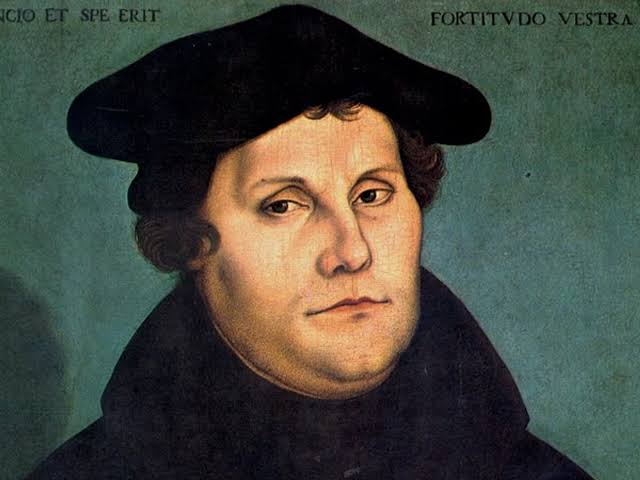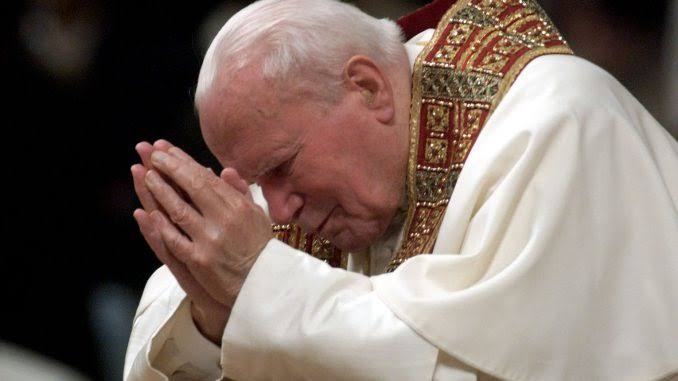
The history of the Catholic Church is filled with moments of deep tension. Times when questions were raised, authority was challenged, and teachings were put under the spotlight. But what often looked like chaos or crisis turned out to be grace in disguise. Again and again, the Church has found clarity, beauty, and strength by responding to these moments, not with fear, but with faith.
From Heresy to Creed
In the early centuries of Christianity, the biggest question was: Who is Jesus, really? Some said He was only divine and not truly human. Others said He was just a prophet. These disagreements were not small as they even threatened to split the early Church.
But from these heated debates came something timeless: the Creeds. At Nicaea (325 AD) and Chalcedon (451 AD), the Church didn’t invent new teachings. She clarified what she had always believed: that Jesus Christ is both fully God and fully man. The Nicene Creed we still pray today was born out of this messy, prayerful wrestling with truth. The crisis brought clarity. Chaos gave birth to beauty.
From Division to Definition

In 1054, East and West went their separate ways in the Great Schism. There were political tensions, language differences, and deep disagreements over the Pope’s authority. It was painful. But it also forced the Catholic Church to reflect more deeply on the meaning of unity, the Petrine ministry, and the spiritual importance of communion with Rome.
Later, the Protestant Reformation shook the very foundations of Western Christianity. Martin Luther, frustrated by abuses like the sale of indulgences, ended up questioning the very structure and sacramental life of the Church. Many followed him, and the Church faced widespread division.
Again, the response was not collapse, but clarity. The Council of Trent (1545–1563) reaffirmed the seven sacraments, re-emphasized the role of both Scripture and Tradition, and offered some of the most beautiful explanations of the Mass, the priesthood, and salvation. Trent was a reforming Council in every sense. It corrected moral failures while guarding doctrinal truth.
The Age of Reason, the Rise of Modernism
With the Enlightenment came new questions. People were asking: Do we still need the Church? Can reason alone lead us to truth? Even within the Church, some theologians wanted to water down doctrine to fit modern ideas. It felt like faith itself was being redefined.
The Church responded through thinkers like Pope Leo XIII and eventually, Vatican I (1869–1870), which taught about the balance of faith and reason, and defined Papal infallibility, not as personal power, but as a safeguard for the truth in matters of faith and morals. Later, Pope Pius X called Modernism “the synthesis of all heresies,” not to shut down thought, but to anchor it in Christ.
Vatican II: Opening the Windows
By the 1960s, the Church didn’t face a heresy but a changing world. Vatican II (1962–1965) was called to renew, not to reject the past, but to re-present the faith with fresh language and deep love. The Church spoke to the world as a “mother and teacher”—affirming human dignity, calling for religious freedom, and describing the Church as the People of God.
Still, the years after Vatican II were marked by confusion. Some interpreted the Council as a total reset. Others clung to the past in fear. But through the leadership of saints like John Paul II and Benedict XVI, the Church began to interpret the Council more faithfully, as reform in continuity, not rupture.
John Paul II and the Power of Honest Repentance

By the time of the Jubilee Year 2000, John Paul II believed it was time for the Church to purify her memory. He didn’t apologize for being Catholic. He didn’t disown the Church. But he acknowledged, publicly and solemnly, that members of the Church had sinned, especially when they acted contrary to the Gospel in the name of the Church.
On March 12, 2000, he led a Day of Pardon, where sins like the Inquisition, anti-Semitism, forced conversions, and the Church’s past treatment of women and indigenous peoples were placed before God in humility. This was not weakness, it was strength. He said the Church cannot enter a new millennium without repentance. And he was right.
Out of honest sorrow came new trust. Out of wounds came healing.
The Nigerian Context: Seminary Formation and Ecclesial Reform
In our discussions about seminary formation in Nigeria, these lessons are especially relevant. Many seminarians are still shaped by fear-based obedience, a lack of critical engagement, and sometimes clericalism disguised as discipline. This has led to priests who sometimes fear authority more than they love the truth, or who imitate power rather than pastoral charity.
What we need now is the same thing the Church has always needed in times of tension:
Clarity with charity. Discipline with dialogue. Structure with soul.
It’s time to reimagine seminary formation around the values of synodality, walking together, listening deeply, and discerning prayerfully in line with the principles of Ratio Fundamentalis Institutionis Sacerdotalis. We must embrace:
- Openness – where questions are welcomed, not feared.
- Transparency – where authority is exercised with accountability.
- Accountability – where we protect the vulnerable and form leaders, not rulers.
- Clarity – where truth is taught not with arrogance, but with conviction.
- Charity – where love is not an add-on, but the very form of every truth we preach.
Conclusion: The Spirit Still Moves
The story of the Church is not a perfect one. But it is a beautiful one. Every generation has its questions. Every era has its chaos. But each time, the Holy Spirit has guided the Church toward greater clarity, deeper truth, and surprising grace.
Let’s not be afraid of the questions today. Whether they come from inside our seminaries, from the cries of victims of injustice, or from the honest doubts of our young people on Facebook, we can welcome them. Because the Church that listens, reforms, and repents is the Church that most clearly reveals the face of Christ.
© Oselumhense Anetor, 2025
